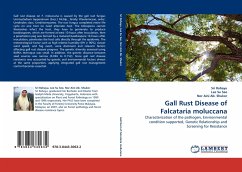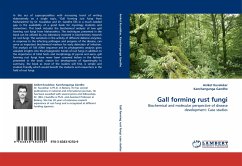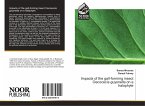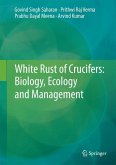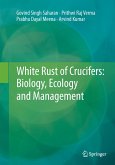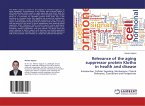Gall rust disease on F. moluccana is caused by the gall rust fungus Uromycladium tepperianum (Sacc.) McAlp., family: Pileolariaceae, order: Uredinales class: Urediniomycetes. The rust fungus completed entire life cycle on one host no need alternate host. The teliospores cannot themselves infect the host, they have to germinate to produce basidiospores, which are formed at least 10 hours after inoculation, then a penetration peg was formed by a matured basidiospore 16 hours after inoculation, penetrates the host cells directly through the epidermis. The meteorological factor such as high relative humidity (RH 90%), slower wind speed, and fog event, were dominant and relevant factors affecting gall rust disease progress. The genetic diversity assessed using RAPDs technique was small. In addition, the genetic distance between seed sources was narrow (0.036 to 0.152). Since gall rust disease resistance was accounted by genetic and environmental factors almost at the same proportion, applying integrated gall rust management control becomes essential.
Bitte wählen Sie Ihr Anliegen aus.
Rechnungen
Retourenschein anfordern
Bestellstatus
Storno

